Introduction
Are White Parakeets Rare: Parakeets, also known as budgerigars or budgies, are small, colorful parrots that are popular as pets around the world. While the common green and yellow varieties are widely recognized, the existence of white parakeets has often sparked intrigue and fascination. In the world of these avian wonders, examining their rarity, unique characteristics, and the factors that contribute to their elusive status in the realm of ornithology and pet ownership. So, let’s embark on a journey to discover the truth behind the enigmatic white parakeet and unravel the mystery of their rarity.
White parakeets, also referred to as albino or lutino budgerigars, stand out from their vibrant and multicolored counterparts due to their striking lack of pigmentation. Their plumage is an ethereal shade of pure white, and their eyes often appear pink or red due to the absence of melanin. This unusual appearance makes them highly sought after by bird enthusiasts, collectors, and individuals looking for a unique and captivating pet. The rarity of white parakeets can be attributed to both genetic factors and natural selection. In the wild, these birds are more vulnerable to predators due to their conspicuous coloration, making them less likely to survive to adulthood.
The genes responsible for producing white plumage are not as common as those for the traditional green and yellow colors, further contributing to their scarcity. Breeding white parakeets requires careful selection and pairing of birds with the appropriate genetic makeup. This breeding process can be challenging, as it involves crossing birds with specific color mutations to produce offspring with the desired white plumage. As a result, white parakeets are often considered a bit of a genetic marvel in the world of aviculture. White parakeets, we will delve deeper into the genetics behind their unique appearance, their appeal as pets, and the efforts to conserve and protect these rare avian treasures.
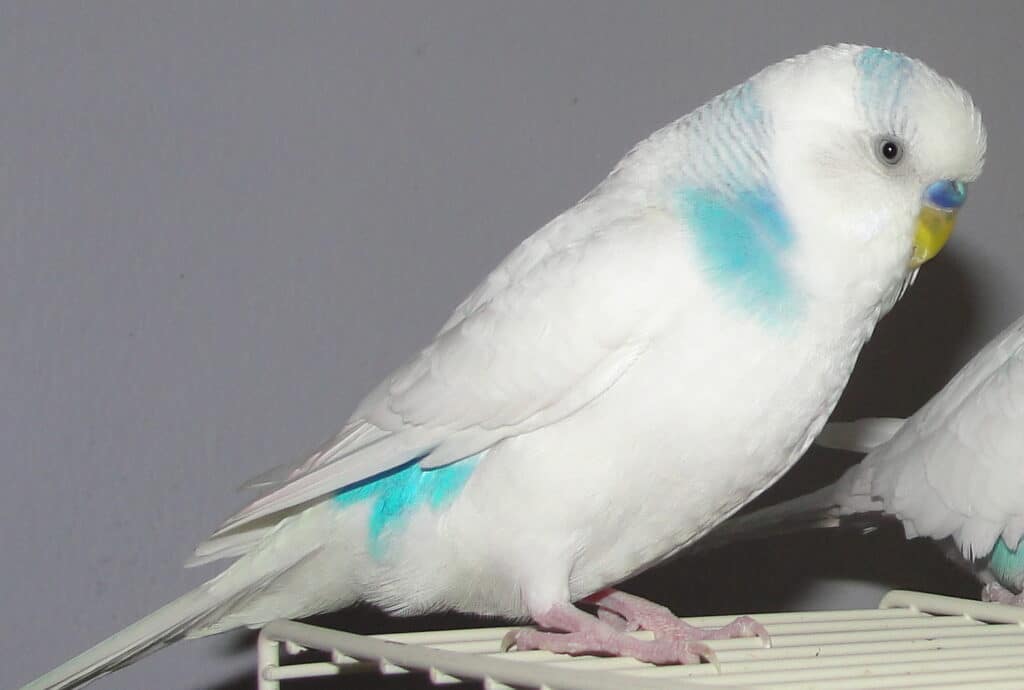
What are the rare white parakeets?
The bird’s entire plumage is white, they also have pink legs and a pink cere nose band that contains the nostrils, and their eyes appear markedly red. This variety is caused by the Ino gene, which removes melanin, the substance responsible for dark colors.
Rare white parakeets, also known as albino or lutino budgerigars, are a captivating variant of the commonly found green and yellow budgerigars. What sets them apart is their striking lack of pigmentation, resulting in plumage that is purely and brilliantly white. This distinctive coloration extends to their eyes, which often appear pink or red due to the absence of melanin. It is this ethereal appearance that makes white parakeets highly sought after among bird enthusiasts, collectors, and pet owners.
The rarity of white parakeets can be attributed to both genetic factors and the challenges they face in the wild. In their natural habitat, their conspicuous white plumage makes them more vulnerable to predators, making their survival to adulthood less likely. The genes responsible for their unique coloration are relatively uncommon, making them a genetic marvel.
Breeding white parakeets involves carefully selecting and pairing birds with specific color mutations to produce offspring with the desired white plumage. This process adds another layer of complexity to their rarity, as it requires expertise and dedication. White parakeets are not only a testament to the wonder of avian diversity but also provide valuable insights into genetics and coloration in birds.
Are all-white parakeets female?
It is usually very difficult to sex an albino parakeet without a DNA test. Generally both sexes will have a pink/lavender cere. Sometimes it will turn white or brown for a female. The female albinos are more common due to the genetics involved.
Contrary to popular belief, not all-white parakeets are female. While it’s true that in many parrot species, including budgerigars (parakeets), the females often have white or pale ceres (the fleshy area above the beak where the nostrils are located), this is not a universal rule, and it doesn’t apply to all parakeets.
In budgerigars, the ceres can indeed be a clue to the bird’s gender, but it’s not the only determinant. In typical wild-type or non-mutated budgerigars, males typically have blue ceres, while females have a brownish or beige cere. When it comes to all-white parakeets, the ceres can vary. Both male and female white parakeets can have white or pale-colored ceres, making it difficult to determine their gender based solely on this characteristic.
To accurately determine the gender of an all-white parakeet, a more reliable method is DNA testing or surgical sexing, which involves a veterinarian examining the bird’s reproductive organs. This ensures a definitive and accurate determination of gender, as relying solely on color in white parakeets can lead to misidentification. To use appropriate methods to ascertain the gender of these unique and beautiful birds.
How long do white parakeets live?
In captivity, budgies can live anywhere between 7-15 years of age. This is almost twice the life expectancy of a wild budgie. In the wild, budgies can live between 4-6 years because of threats of predation.
White parakeets, like their colorful counterparts, have a lifespan that depends on various factors, including their care, genetics, and overall health. On average, a well-cared-for white parakeet can live for approximately 5 to 10 years in captivity, although some individuals have been known to reach 15 years or more with exceptional care.
Proper nutrition, a clean and spacious cage, regular veterinary check-ups, and mental stimulation through toys and social interaction are essential for ensuring the longevity and well-being of white parakeets. A balanced diet rich in fresh fruits, vegetables, high-quality pellets, and fresh water is crucial for their health.
Genetics can also play a role in their lifespan. Some genetic mutations, including those responsible for white plumage, may be associated with certain health issues or vulnerabilities, which can impact their longevity.
How big are white parakeets?
The white-winged parakeet typically is 22 cm in length, and is mostly green in color. It has a trailing yellow edge on its folded wings. Its most distinguished characteristic is the white wing patches most noticed when the bird is in flight.
White parakeets, like all budgerigars (commonly referred to as budgies), are relatively small birds. On average, they measure about 6 to 7 inches (15 to 18 centimeters) in length from the tip of their beak to the end of their tail feathers. This compact size is one of the reasons they are a popular choice as pet birds.
Their wingspan, which includes the extended wings from tip to tip, is typically around 7 to 8 inches (18 to 20 centimeters). Despite their diminutive size, white parakeets, like other budgerigars, have a lively and active nature, making them delightful and energetic companions for those who choose to keep them as pets.
To their small size, white parakeets exhibit a slender and streamlined body shape. They have a distinctive appearance with a small, curved beak and a long, tapered tail that aids in their agility and balance during flight. These petite birds are known for their vibrant personalities, intelligence, and the ability to form strong bonds with their human caregivers.
What gender is a white parakeet?
It is usually very difficult to sex an albino parakeet without a DNA test. Generally both sexes will have a pink/lavender cere. Sometimes it will turn white or brown for a female. The female albinos are more common due to the genetics involved.
The gender of a white parakeet, like that of other budgerigars, can be determined through various physical characteristics and behaviors. In typical budgerigars, males and females have differences in their ceres, which is the fleshy area located just above the beak where the nostrils are situated.
In most cases, adult male budgerigars have blue ceres, which is often a vibrant shade of blue. On the other hand, adult female budgerigars typically have brown or beige ceres, which may change in color and become crusty or dark brown when they are in breeding condition.
When it comes to all-white parakeets or those with certain genetic mutations, determining gender based on ceres can be less reliable. Both male and female white parakeets can have white or pale-colored ceres, making it difficult to distinguish their gender using this method.
Why is my parakeet poop all white?
Unlike most animals, birds, in their attempt to conserve water, produce a solid urate component to the dropping. The urates are usually white and are composed of uric acid crystals.
Solid Feces: The brown or greenish-brown part of the droppings is the solid feces, which is the waste produced from the bird’s digestive system.
Urine: The liquid component of the droppings is urine, which is clear and usually goes unnoticed because it’s mixed with the solid feces.
Urates: The white, chalky substance you see in the droppings is called urates. It’s the crystalline waste product from the bird’s kidneys.
A diet too high in calcium: Excessive calcium intake can lead to the overproduction of urates, resulting in all-white droppings.
Liver problems: Liver issues can affect the bird’s ability to process waste properly and may lead to abnormal droppings.
Dehydration: If your parakeet is not drinking enough water, the urine component may be minimal, making the droppings appear predominantly white.
Are white parrots rare?
Tahlequah bird breeder Jane Jorgensen holds a dark-eyed, white Quaker parrot and its siblings. This bird in the hand is worth a lot more than two in a bush. It is extremely rare, possibly one of only 10 in the world.
White parrots are relatively rare compared to their more colorful counterparts. While many parrot species exhibit a wide range of vibrant plumage, including reds, greens, blues, and yellows, pure white parrots are not common in the wild. However, it’s important to note that the term “white parrot” can refer to several different species and genetic mutations.
Some parrot species, such as the white-capped pionus and the white cockatoo, have naturally occurring white plumage as part of their genetic makeup. These birds are not considered as rare within their respective species.
On the other hand, certain genetic mutations can produce white parrots within otherwise colorful species. These mutations can lead to individuals with all-white or predominantly white plumage. Examples include the lutino mutation in budgerigars (parakeets) and the leucistic mutation in various parrot species.
Are parakeets good pets?
The parakeet has become a popular pet due to its often striking colors and ease of taming. Parakeets are very social birds and prefer to be kept in pairs or small groups. The genders in a group or pair can be mixed. If you don’t want to breed your birds, it’s suggested to keep them in groups of the same gender.
Size: Parakeets are relatively small, making them ideal for people with limited space. Their compact size also makes them easier to handle and care for compared to larger parrot species.
Affectionate: Parakeets can develop strong bonds with their owners and enjoy interacting with them. They are known for their playful and social nature, often becoming quite attached to their human companions.
Low Maintenance: Parakeets are generally low-maintenance pets. They require a clean cage, fresh food, and water daily, along with occasional toys and social interaction. They are less demanding in terms of time and attention compared to some other pets.
Colorful and Charming: Parakeets come in a wide variety of vibrant colors, making them visually appealing. Their chirping and chattering can also be delightful to have around the house.
Longevity: With proper care, parakeets can live for 5 to 10 years or more, providing companionship for a significant part of their owner’s life.
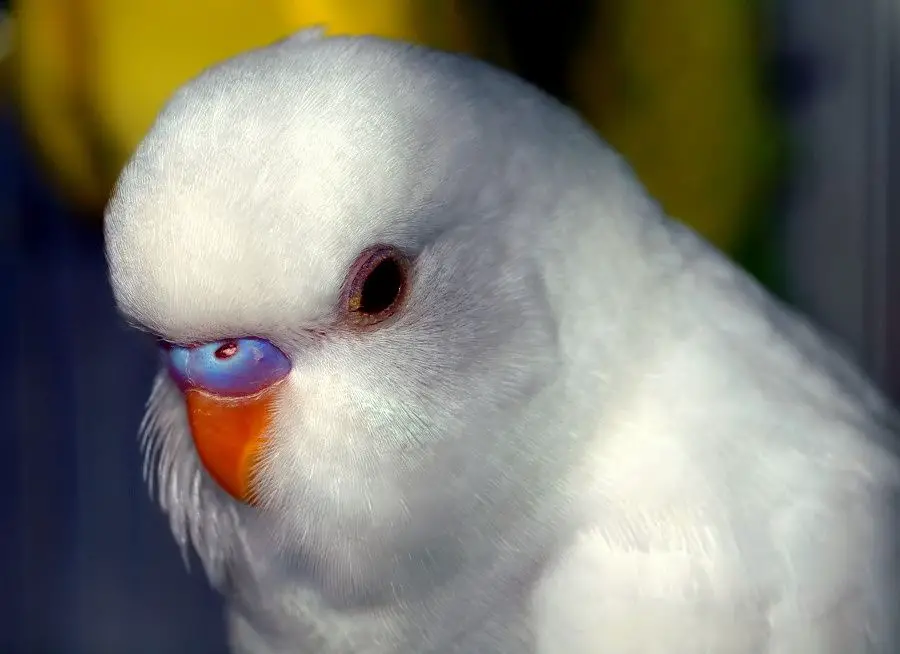
Conclusion
White parakeets are rare and have been answered with a resounding affirmative. These remarkable avian wonders, with their pristine white plumage and captivating appearance, are indeed a rarity within the world of parakeets. Their scarcity can be attributed to a combination of genetic factors, natural selection in the wild, and the careful breeding practices required to produce them in captivity. Despite their rarity, white parakeets continue to captivate the hearts of bird enthusiasts and pet lovers alike.
Their unique beauty and distinctiveness make them highly sought after in the world of aviculture, with individuals valuing them as exquisite to their collections and homes. In the world of white parakeets, we’ve uncovered the genetic intricacies behind their appearance, their appeal as pets, and the efforts made to conserve and protect these exceptional birds. While they may be rare, they serve as a testament to the diversity and wonder of the avian world, reminding us of the endless surprises nature has to offer.
White parakeets, with their ethereal beauty, stand as a testament to the allure of the rare and extraordinary in the realm of bird life. White parakeets also represent a unique opportunity for scientific study. Their distinctive genetic mutations provide valuable insights into the mechanisms of coloration and pigmentation in birds. Researchers and geneticists have been intrigued by these birds, using them as subjects for studying the inheritance of traits and the genes responsible for their striking appearance.

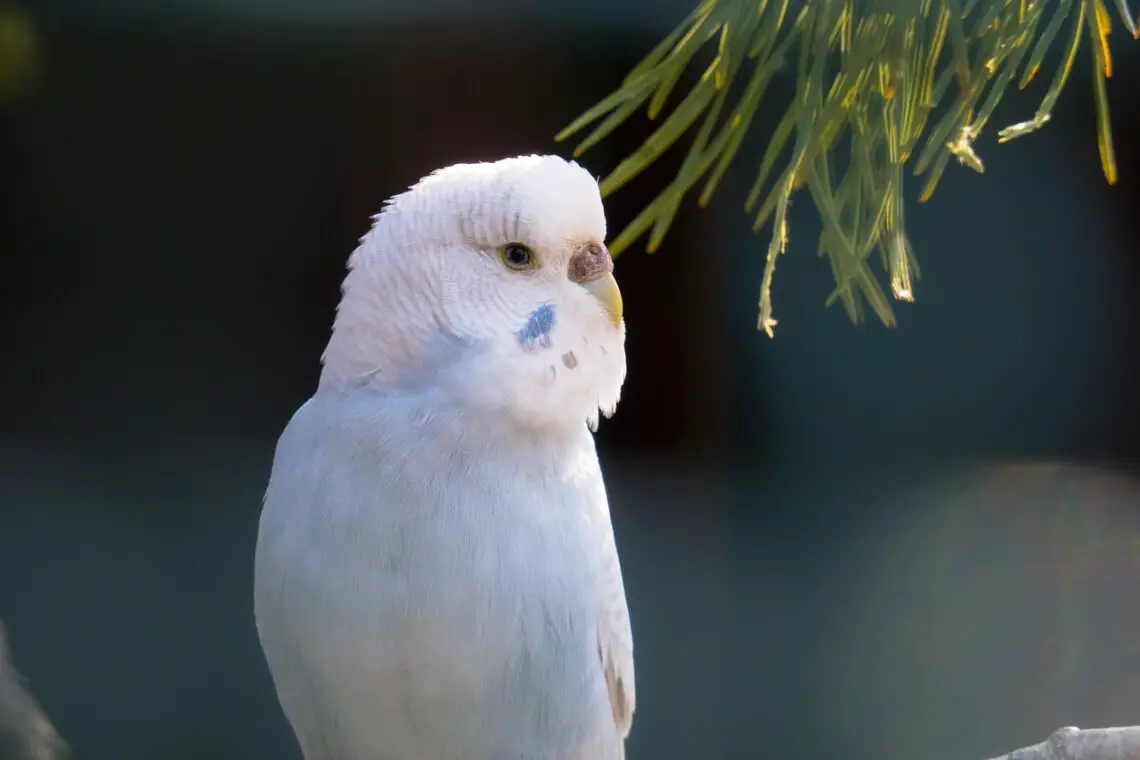
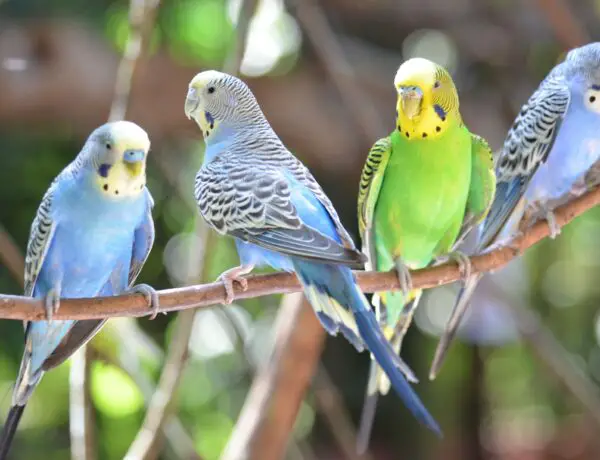
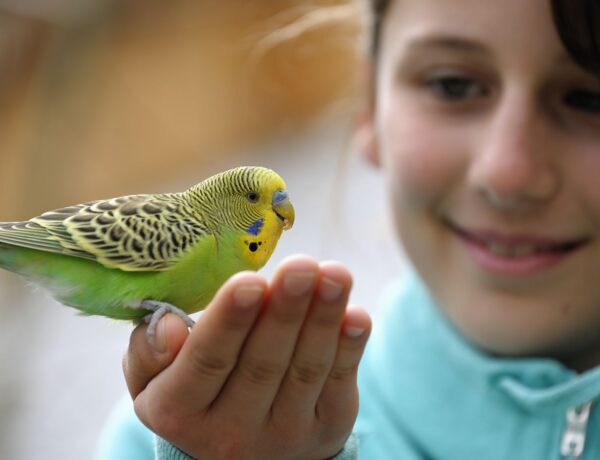
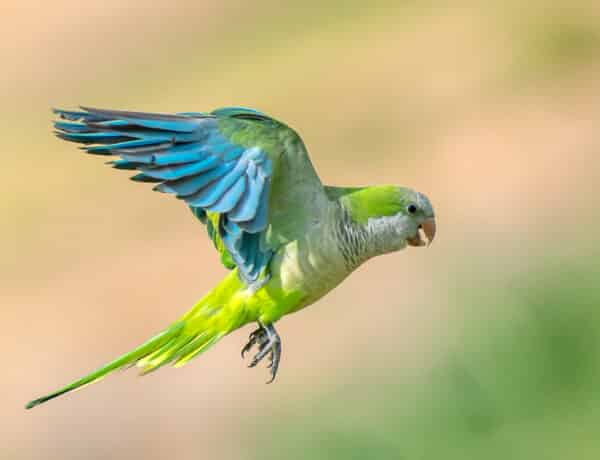
No Comments